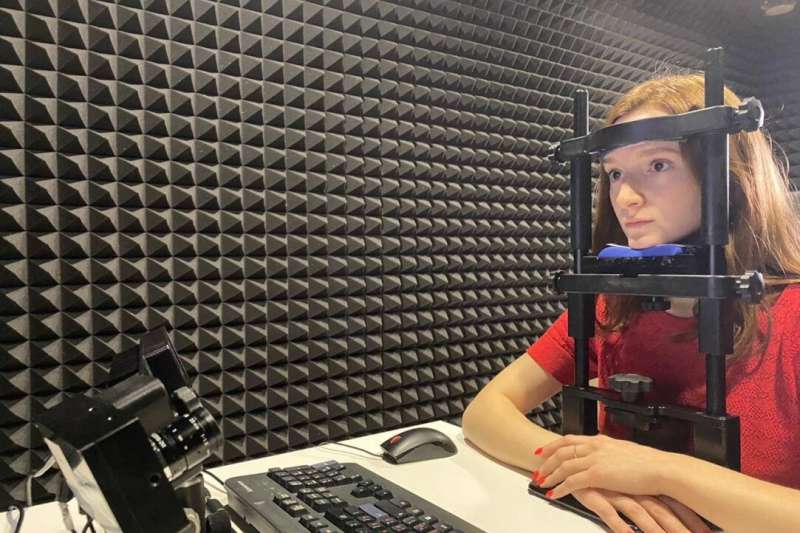
Psycholinguists from the HSE Center for Language and Brain, in collaboration with researchers from the City University of New York and the University of Stuttgart, lipitor 20 mg bivirkninger investigated how reading in Russian varies among different groups of readers. The authors used a novel method in bilingualism research -comparison of the eye-movement sequences (scanpaths) in adult native speakers of Russian, Russian-speaking children, and adult bilinguals with different levels of Russian proficiency. The results of the study were published in Reading Research Quarterly.
A total of 120 readers took part in the study, with 30 participants in each group. Participants included adult native Russian speakers, second-grade Russian primary school students, students at American universities who study Russian as a foreign language (RFL), and, finally, heritage-language speakers. The last group included bilingual individuals who either were born in a Russian-speaking family in the USA or emigrated with their families at an early age from a Russian-speaking country. This means that Russian is an ‘inherited’ mother tongue for them, although in most cases, it becomes a non-dominant language in a later childhood when they learn the new language of their environment (i.e., English). All participants read the same simple sentences in Russian (such as “Andrey bought milk, cheese and sour cream in a store.”) while their eye movements were recorded.
The authors found that each group of readers has a specific reading pattern. Adult native speakers exhibit a ‘fluent’ scanpath reading process: they read fast (2 seconds per sentence), fixate on the words for a short time (290 ms), rarely regress to words, and often skip them (17% of all words in a sentence). The researchers suggest that such pattern reflects ‘effortless’ reading: adult native speakers do not encounter any difficulties in visual word recognition or in processing the grammatical structure of sentences.
Reading patterns for second-graders are completely different. They take more time to read a sentence (6 seconds per sentence), fixate words for a longer time (690 ms), re-read words more often and skip them less often (9%). The researchers defined this pattern as an ‘intermediate’ reading process. Following the conclusions from previous reading studies involving children, the researchers believe that the intermediate pattern reflects difficulties experienced by children at the local lexical level: beginner readers are not as efficient as adults in decoding letters into sounds. Such inefficiency hinders visual recognition of words and, accordingly, slows down the lexical access to the child’s ‘mental lexicon’ (i.e., the connection between the written word and its oral representation).
To compare reading patterns, the authors of the paper used cluster analysis, which showed that heritage speakers with higher levels of Russian proficiency also read following the intermediate pattern. However, RFL students and heritage speakers with lower language skills demonstrate a third, ‘beginner’ reading pattern. It is characterized by the longest fixation time on words (1,054 ms), the longest time per sentence (14 seconds), frequent re-reading of words and a low probability of skipping them (6%).
The main characteristic of the beginner pattern is re-reading big portions of sentences or whole sentences twice or more times (up to 5-6 times in some cases). The researchers suggest that such a pattern reflects not only the local difficulties in lexical access, but also the global problems with understanding written language, particularly difficulties in general information integration and comprehension of the grammatical structure of the sentences.
“The fact that bilingual heritage speakers had acquired Russian early (similar to native speakers they learn it from the birth), did not impact the development of their Russian reading skills. Even the advanced heritage speakers follow the same reading pattern as children of 8-9 years old,” said Olga Parshina, researcher at the HSE Center for Language and Brain.
According to the authors, to be a member of the particular group of readers does not always mean to follow a single reading pattern. Many children and heritage speakers (and sometimes, RFL students) read sentences following different patterns, which means that readers can switch from one process to another.
Source: Read Full Article
